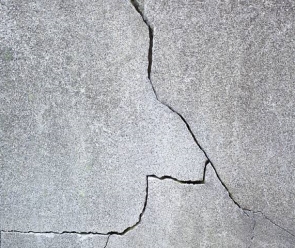Chloride ion is a harmful component in cement and cement raw materials. It has a direct impact on preheater and kiln calcination in new dry process cement production, resulting in accidents such as ring formation and plugging, affecting equipment operation rate and cement clinker quality.At the same time, when the chloride ion content in cement exceeds a certain value, it will corrode the steel bar in concrete, reduce the strength of the steel bar, can also cause concrete damage caused by expansion, and when serious, it will cause concrete cracking and bury hidden dangers to the quality of the project, so it must be strictly controlled.The requirement for chloride ion limitation is added in the article 7.1 of GB 175-2007 Common portland cement.
The requirement is that chloride content in cement is not greater than 0.06%.Ammonium thiocyanate volumetric method, potentiometric titration method and ion chromatography method are commonly used for the determination of chloride ions. However, because the stability of silver chloride is not good, the structure of silver (chlorine) electrode is unstable, and the environmental impact is greater, they result in poor repeatability and suitable for the detection of substances with high chloride content.Ion chromatography, as the preferred method for the detection of ionic substances, can be used to analyze multiple ions simultaneously with one injection, and has the characteristics of rapid and accurate.

In this paper, ion chromatography is used to analyze and test concrete additives and chloride ion in cement.
Post time: Apr-18-2023
